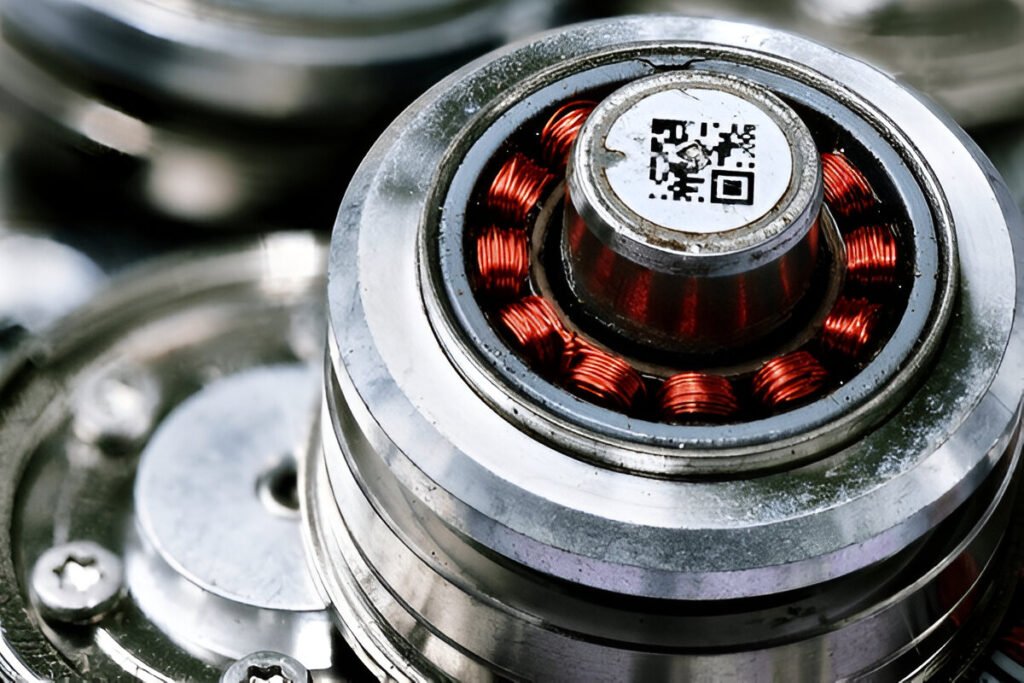How Does Brushed Dc Motor Work
A brushed DC motor works by using a commutator and brushes to switch current direction and create continuous rotation.
Read More
DC motor brushes are critical components that facilitate the transfer of electrical current between the stationary and rotating parts of the motor. The lifespan of these brushes directly impacts the performance and reliability of DC motors in various industrial applications.
In this blog post, we will delve into the intricacies of DC motor brush life expectancy and provide insights to help you maximize the performance and reliability of your motors.

| Brush Material | Typical Lifespan (hours) | Factors Influencing Lifespan |
|---|---|---|
| Carbon-graphite | 1,500 – 4,000 | – Quality of brush material – Operating conditions (temperature, humidity, etc.) – Mechanical factors (pressure, vibration, etc.) |
| Electrographite | 3,000 – 6,000 | – Higher quality material than carbon-graphite – Better resistance to wear and oxidation – Suitable for more demanding applications |
| Copper-graphite | 4,000 – 8,000 | – Incorporates copper for improved conductivity – Higher current carrying capacity – Reduced friction and wear |
| Silver-graphite | 6,000 – 10,000+ | – Highest quality brush material – Excellent conductivity and lubricity – Longest lifespan under optimal conditions |
Several key factors impact the life expectancy of DC motor brushes, including material quality, operating conditions, and mechanical factors.
The grade and quality of the brush material itself significantly affects lifespan.
Using the wrong brush grade can lead to excessive wear, heat generation, and premature failure.
Factors such as humidity, temperature, and the presence of dust or debris can all accelerate brush wear.
Factors like brush spring pressure, brush angle, and commutator surface condition all impact wear rates.


As carbon brushes wear down, they make less consistent contact with the commutator segments, leading to increased electrical resistance and reduced current flow. This can manifest as lower torque output, decreased motor speed, or intermittent operation.
While some sparking is normal in brushed motors due to the mechanical commutator switching process, pronounced or continuous sparking often indicates that the brushes have worn down significantly. Worn brushes struggle to maintain proper contact with the commutator, leading to arcing and visible sparks.
As DC motor brushes wear out, you may begin to hear unusual noises coming from the motor during operation. These can include grinding, screeching, or high-pitched squealing sounds, which are often caused by uneven brush wear or excessive vibration due to poor brush to commutator contact. In some cases, worn brushes can also lead to commutator damage, resulting in a distinct clicking or thumping noise as the rotor spins.
Many DC motors feature brush holders with visual wear indicators, allowing for easy inspection of brush life. These indicators, often in the form of lines or marks on the brush holders, show the acceptable range of brush length. As the carbon brushes wear down through use, they will gradually approach or pass these indicator lines.
Worn motor brushes can also lead to increased motor temperature during operation. As the brushes lose their ability to efficiently transfer current to the commutator, the motor may have to work harder to maintain its output, leading to greater heat generation.
Additionally, excessive sparking at the brush to commutator interface can contribute to higher motor temperatures. If you notice your DC motor running hotter than usual, especially in conjunction with other symptoms, worn brushes could be the culprit.